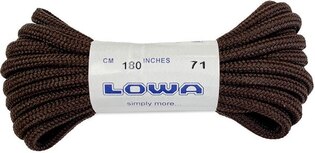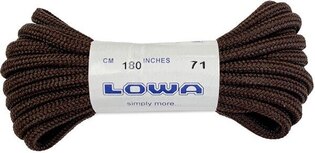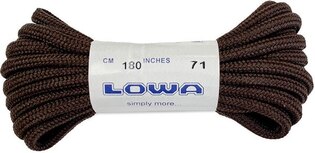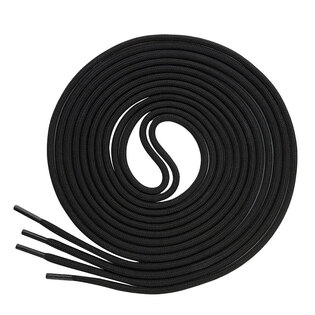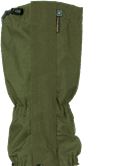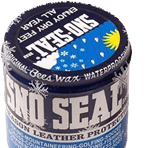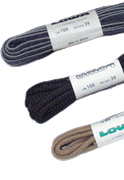Shoelaces are an integral part of almost every footwear. In the case of outdoor footwear, one could say, practically all of them. However, even the highest quality shoelaces do not last forever and usually have a shorter lifespan than the shoes themselves. That’s why there are replacement shoelaces.
Original shoelaces typically do not last as long as the shoes they came with. This speaks more to the quality of the shoes than the laces. The more you use the laces, the quicker they wear out. It’s simply a part of the shoes that undergoes the most stress and can be considered a consumable item in a way.
Mechanism of wearing
A shoelace is essentially a long string that we thread through the eyelets of the shoes to tighten them and fix them on the foot. However, with each tightening, the eyelets cut into the fabric on the surface of the lace, causing microscopic defects that eventually lead to the lace breaking. This is the mechanism of wear, which is completely normal and does not indicate poor quality of the specific laces.
Strong and stable
Besides the strength of the laces, we also evaluate the knot stability, meaning whether the shoelaces stay tied or come undone. While an untied shoelace might be a nuisance in the city, it can be downright dangerous in the mountains. The best choice for a secure tie is classic single-layer round laces. Double-layer laces with a cover coating and inner weave hold up great and are also stronger. However, they are also significantly more expensive.
When choosing specific laces, we should naturally consider their length. Original laces have an optimal length for the given model of shoes, so if we are looking for replacement laces, it’s wise to first remove the original ones from the shoe and simply measure them. It’s clear that laces for low shoes will be shorter than those for high ones. Length is therefore the most important factor; only after that can we focus on color and shape when selecting laces. It is better to have a replacement lace of the appropriate length and mismatched color than the other way around.
And one last note. As we’ve already mentioned, laces are somewhat of a consumable item. Therefore, it’s advisable not to wait until one of the laces on our outdoor shoes actually breaks, but to have an extra pair of laces of the correct length packed in your backpack as a precaution. They take up almost no space, but they can come in handy anytime. And not just in case the original lace breaks. They can also be used in emergencies, like tying a splint or replacing a broken tent guy line.










































































































































